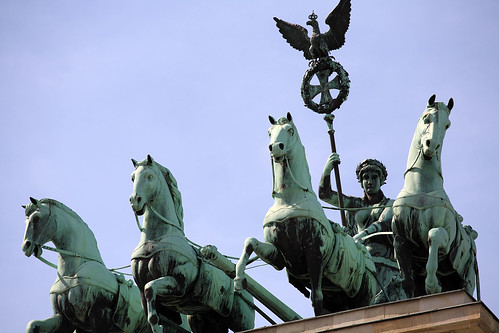

| Archive Blog Cast Forum RSS Books! Poll Results About Search Fan Art Podcast More Stuff Random |
|
Classic comic reruns every day
|
1 {photo of fireworks}
1 Caption: Chemical Beauty
|
First (1) | Previous (3318) | Next (3320) || Latest Rerun (2895) |
Latest New (5380) First 5 | Previous 5 | Next 5 | Latest 5 Annotations theme: First | Previous | Next | Latest || First 5 | Previous 5 | Next 5 | Latest 5 This strip's permanent URL: http://www.irregularwebcomic.net/3319.html
Annotations off: turn on
Annotations on: turn off
|
 Oooh. Aaah. |
I saw some fireworks last night. Being summer, this is cruise ship season, and several cruise ships spend a night in Sydney Harbour every week. They often put on fireworks displays for the passengers. And yesterday a friend of mine contacted me and suggested we head down to a lookout spot on the shore and take some photos.
Fireworks are a cool application of chemistry and physics. Specifically, the generation of light caused by excited electrons dropping down to less energetic states in the electron shells of atoms. I talked a bit about this in this previous annotation. To recap: Electrons are bound to atoms in so-called orbitals of specific energy levels, defined by the interactions of quantum mechanics. When an atom gains energy, by being heated, or physically collided, or having an electric current imposed on it, some of the electrons can either be stripped away, ionising the atom, or can be raised to higher energy level orbitals. When the electrons fall back to the lower energy level orbitals, they release the difference in energy as photons of light. And because the difference in energy is defined by the available energy levels, it occurs only with very specific quantities. These amounts of energy translate into specific frequencies (or equivalently, wavelengths) of light of the emitted photons, by Planck's relation: E = hν. (Energy equals Planck's constant times the frequency.)
One result of this is that if you excite atoms of an element by, for example, burning them in a flame, they give off specific and characteristic frequencies of light. We perceive this as specific colours of light. This is used routinely in chemistry labs as one of the tools used in identifying chemical elements and compounds. The test quite simply involves taking a small sample of the unknown compound or element, burning it in a flame, and observing what colour the flame turns. This is known as a flame test.
  Left: copper statue covered in verdigris (the Quadriga on top of the Brandenburg Gate). Right: Clean copper statue (Portlandia, Portland). |
If you put chemical salts containing these elements into fireworks, then when the firework explodes, they generate the associated colours. And this is how pyrotechnicians do it. The beautiful colours you see in a fireworks display are the result of a carefully choreographed concoction of chemistry. Next time you see a fireworks display, don't just "ooh" and "aah" over its beauty - be thrilled and awed that when you know enough about physics and chemistry that you can understand and really appreciate what went into making such a display possible.
Imagine if it was cleaned up and restored to its original brown colour. The colour would look something like the giant statue Portlandia, in Portland, Oregon. Certainly not unattractive, but definitely a change from what we are used to.
|
LEGO® is a registered trademark of the LEGO Group of companies,
which does not sponsor, authorise, or endorse this site. This material is presented in accordance with the LEGO® Fair Play Guidelines. |